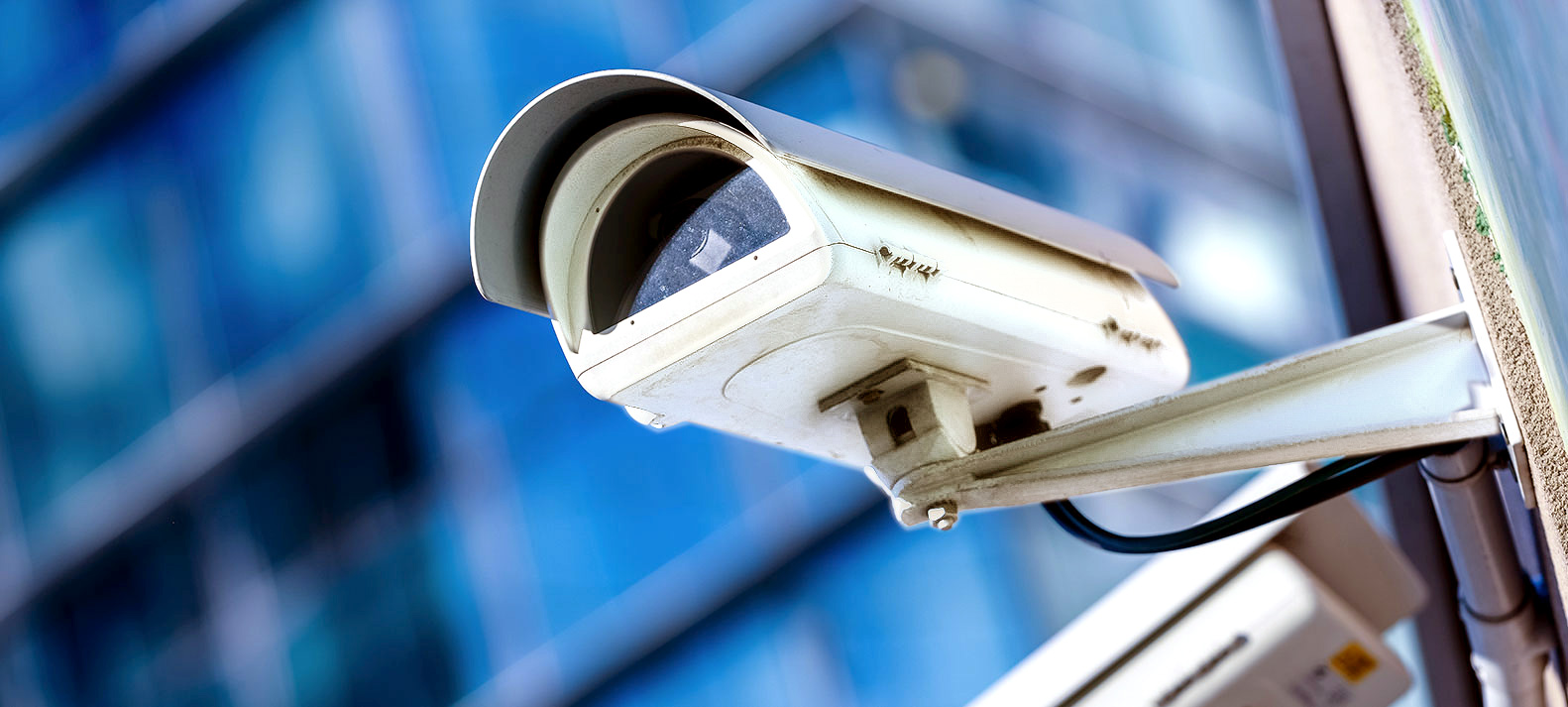Each business has a number of things that have to be protected from outsiders and miscreants. Whether it is your office equipment, furniture, employees, documents or any other office property for that matter, security is of utmost importance. A modern solution that allows you to monitor and record each movement in your office is the IP surveillance camera.
The IP surveillance cameras can send and receive data through a computer network and the Internet. You can view the live video streaming remotely from anywhere in the world using the IP address. These cameras are available at resolutions ranging from 0.3 to 20 megapixels. There are a number of IP surveillance solutions that offer features such as remote access, motion detection, I/O inputs and more. These and many more features ensure that the IP cameras are easy to use, are cost-effective, provide high resolution images and videos, can be stored for future reference, and ensure secure transmission and flexibility.

You can choose from a variety of IP surveillance solutions available in the market. But before taking a decision, you must consider the following points that you expect from an IP camera at your office-
The range of resolution- The resolution of IP surveillance camera range from VGA resolution to 20 megapixels. Higher the resolution, greater would be the price of the camera. The choice depends on your requirement and the budget.
Bandwidth use- As it operates over the Internet, an IP surveillance camera would consume higher bandwidth while recording the images. Low resolution and black and white cameras often consume lesser bandwidth as compared to high resolution and coloured IP cameras.
The required frames per second (FPS)- Depending on the size of your organisation and your requirement, you have to take the decision about getting full 30 fps display and recording or lesser than that.
Indoor or outdoor use or both- IP surveillance solutions come with different features for indoor and outdoor use. For instance an outdoor camera would require waterproofing feature, but this would not be required in an indoor camera.
The software required- A number of IP software are available in the marketing that add some more features to your video monitoring system. You have to weigh the pros and cons of each software and select the one that is compatible with the camera and fulfils your requirements.
Lighting- Some cameras come with back lighting that ensures clear front image, and Auto Iris control that manages the amount of light that goes into the camera.
Storage capacity- An IP camera stores all the images and videos in a hard drive. A colour camera often requires greater storage space as compared to black and white camera. You have to ensure that the camera doesn’t record beyond your web hosting storage space limits.
Colour or black and white images- The images recorded by an IP camera are often used for archival records or for investigative purpose. A colour camera provides better images but consume greater bandwidth and hard drive space, while the images recorded in a black and white camera are of lesser quality, the bandwidth consumption and hard drive space usage is less.
Price- This is another significant factor to consider when planning to install IP cameras in your organisation. The prices can be compared of different IP surveillance solutions depending on all the above discussed factors and your budget.










